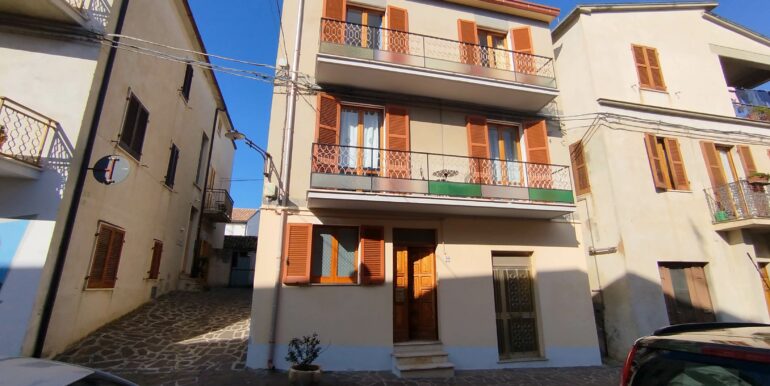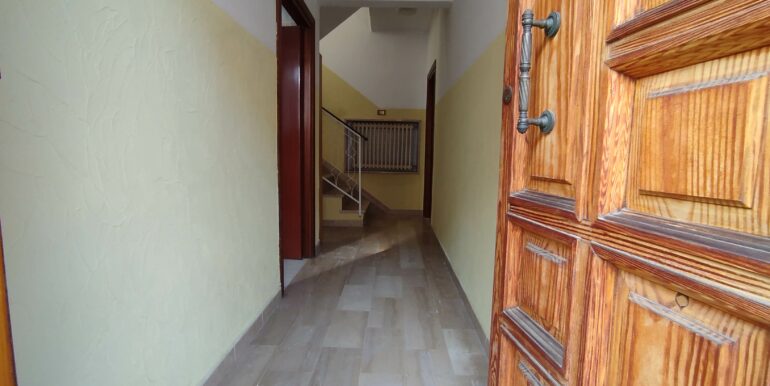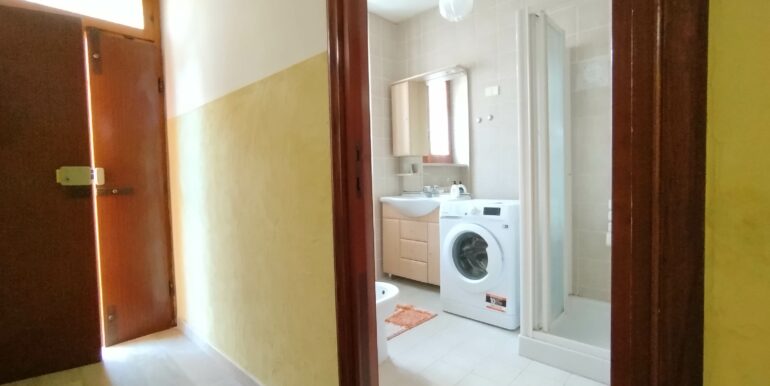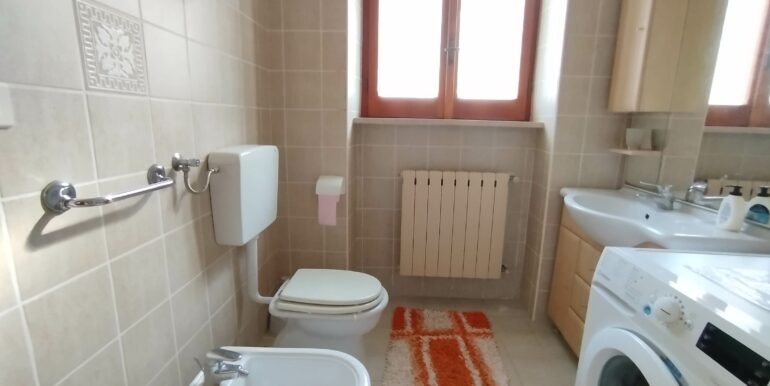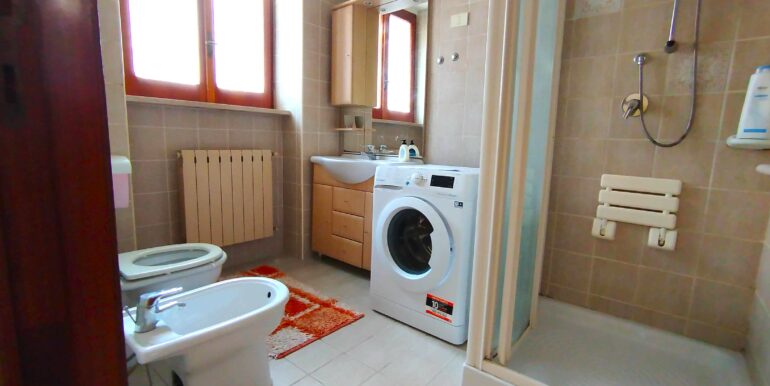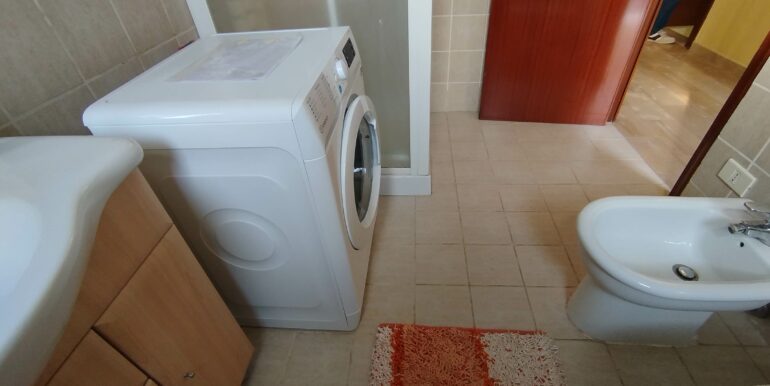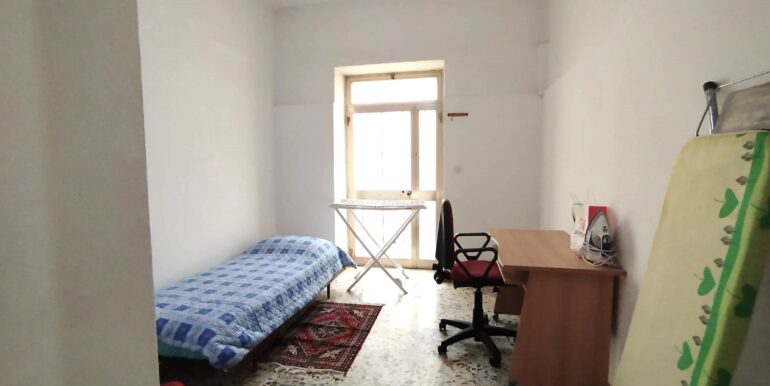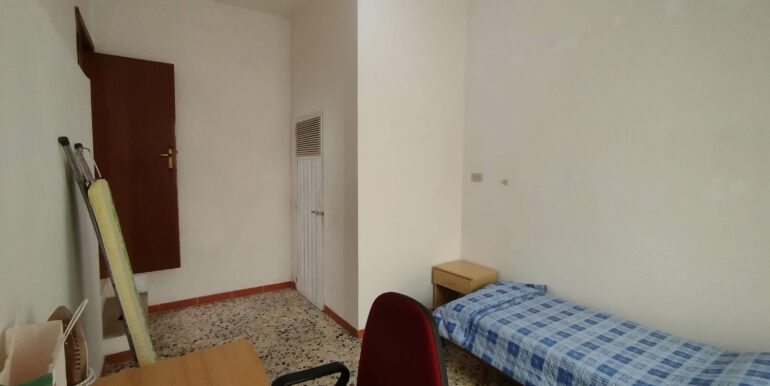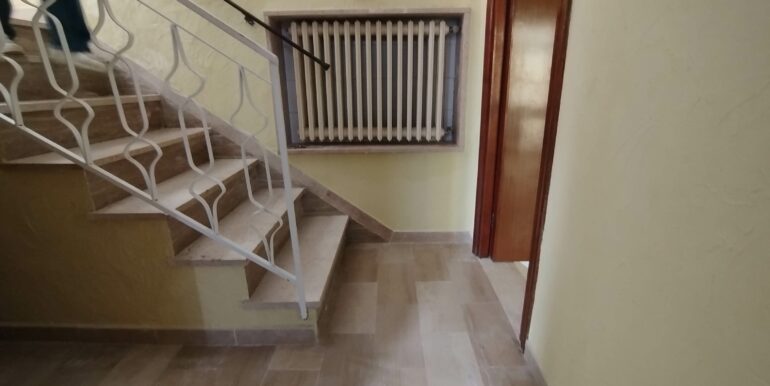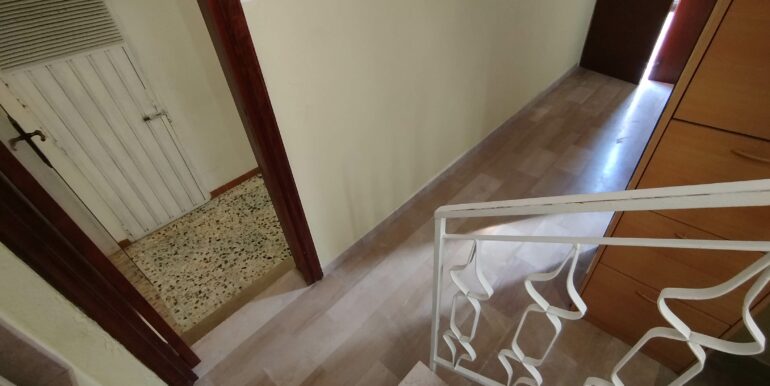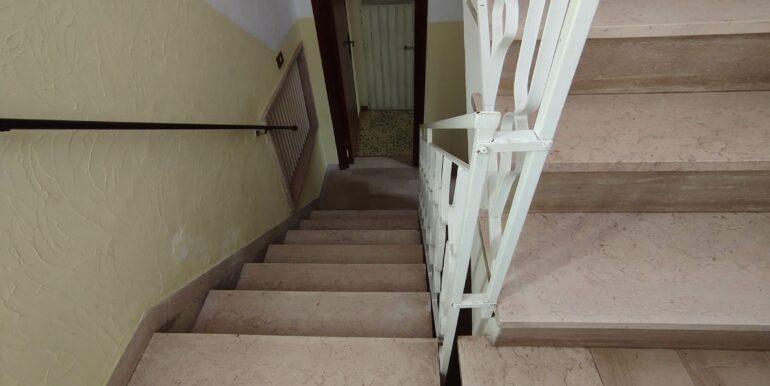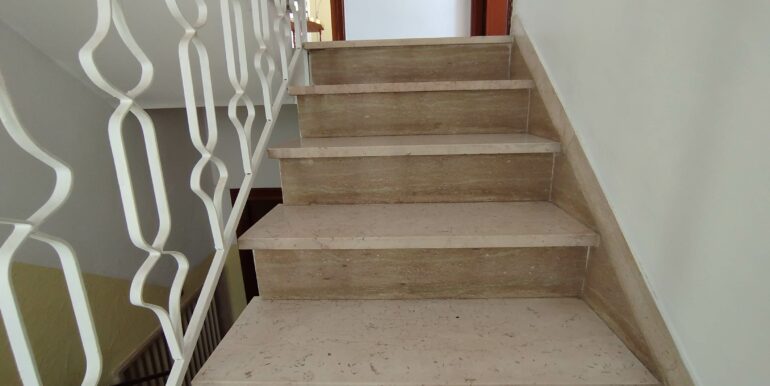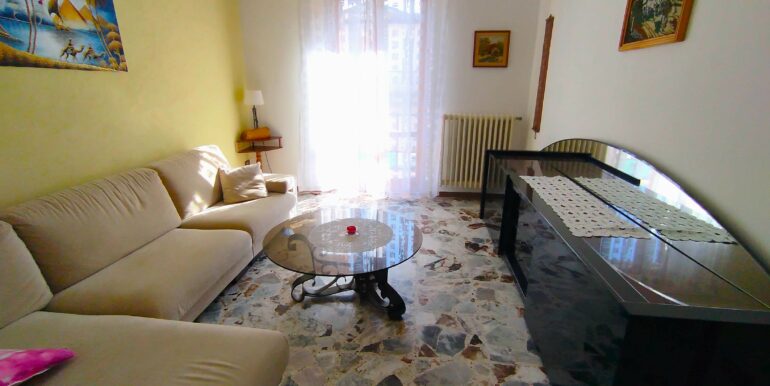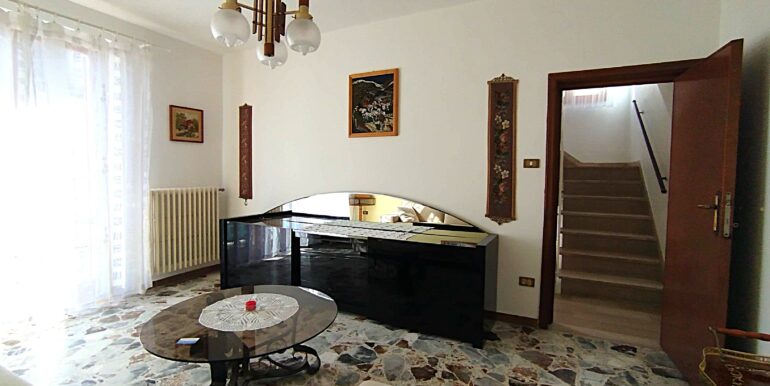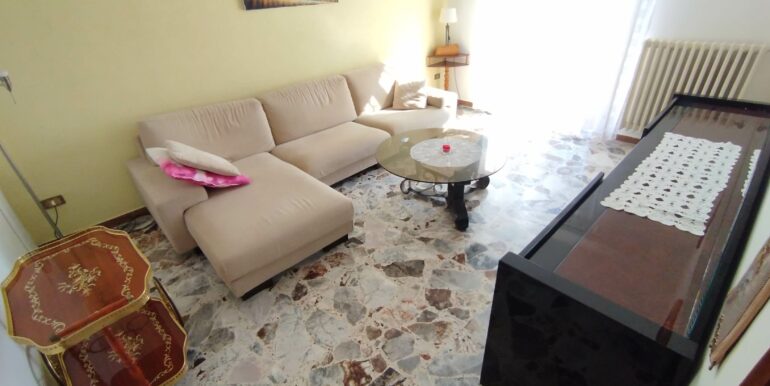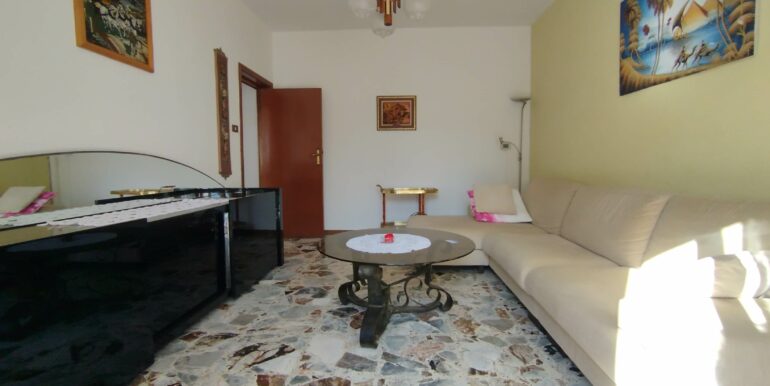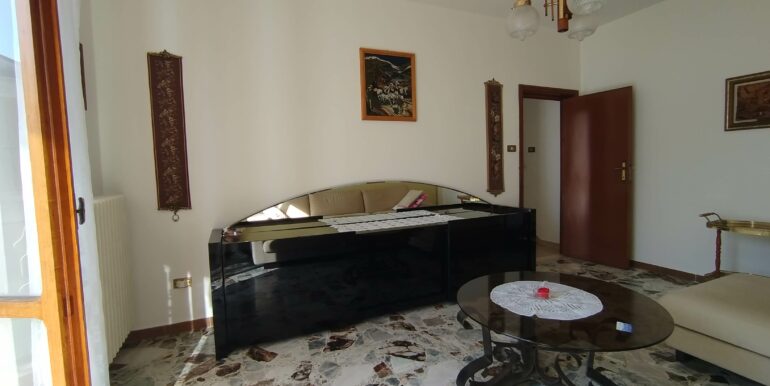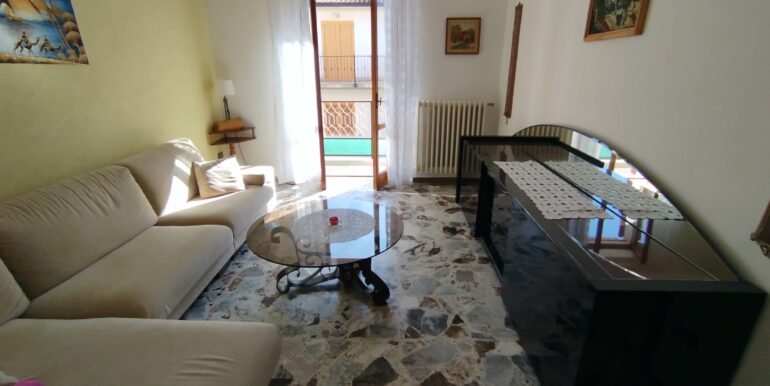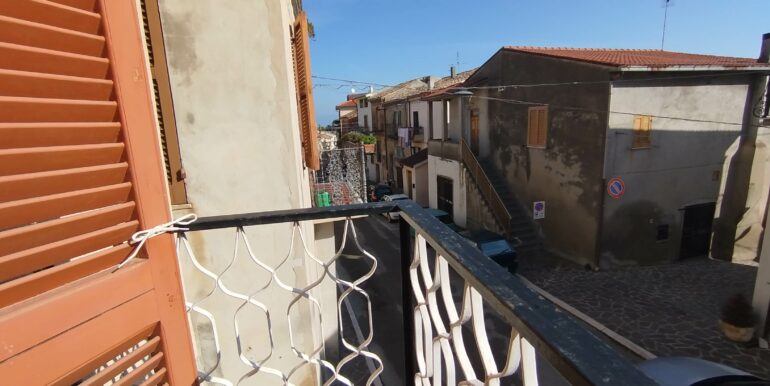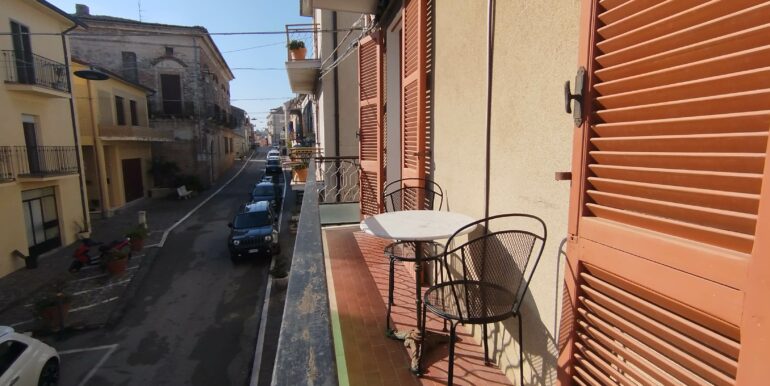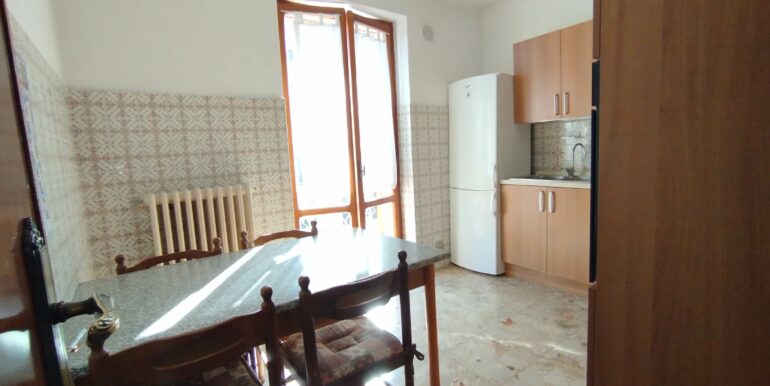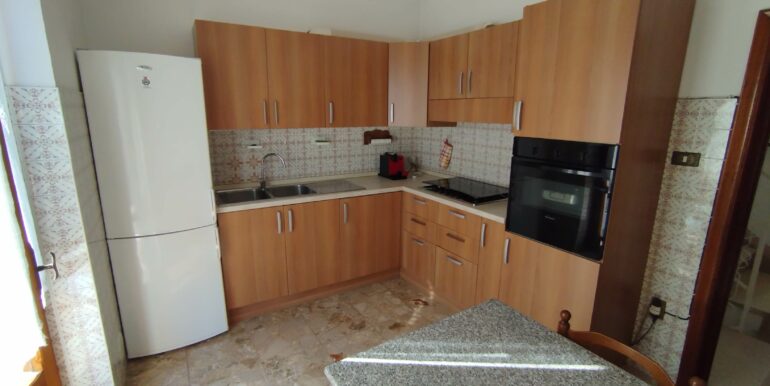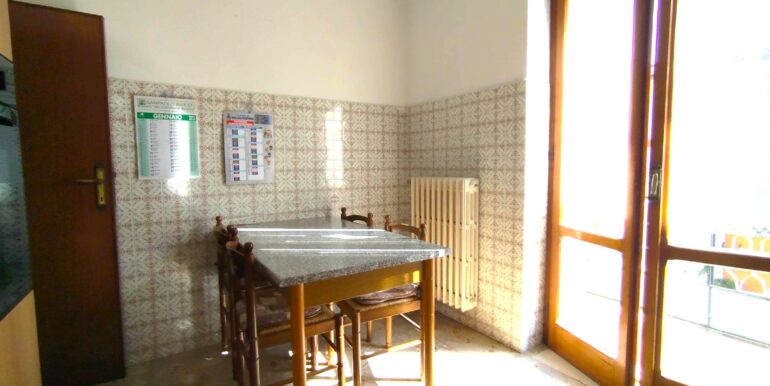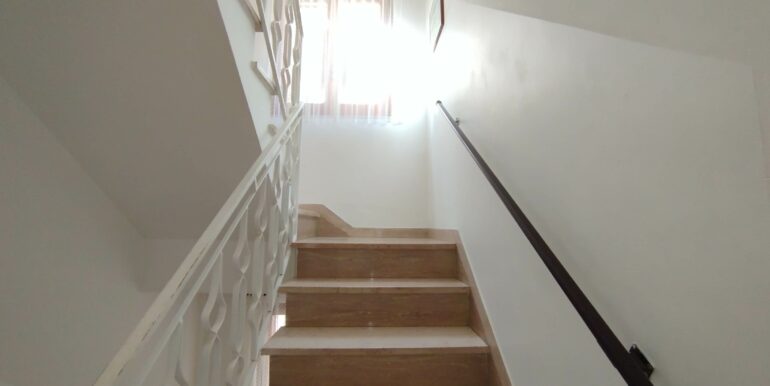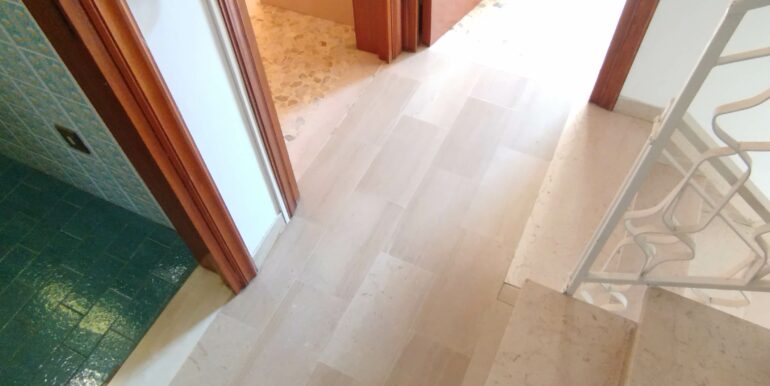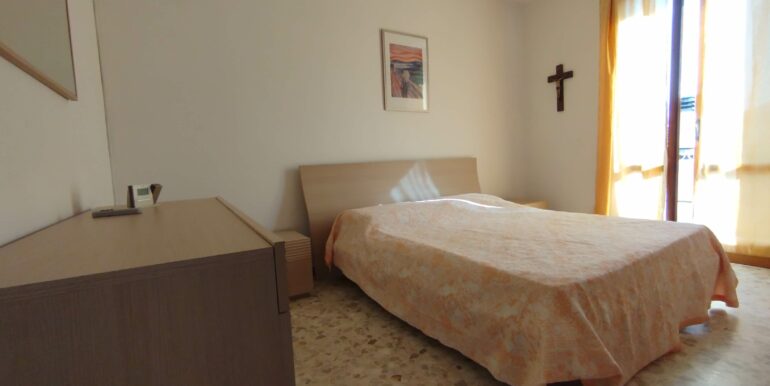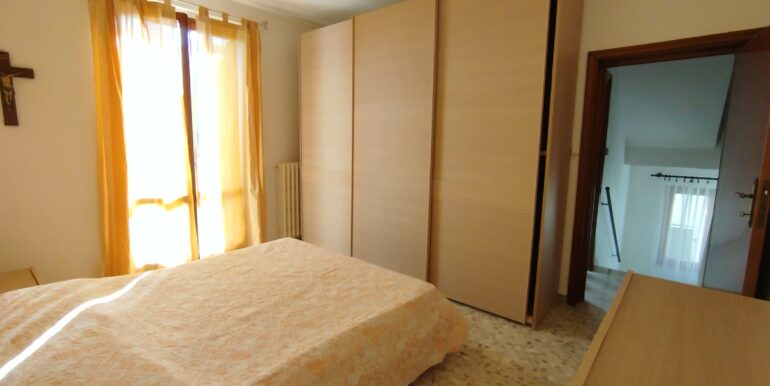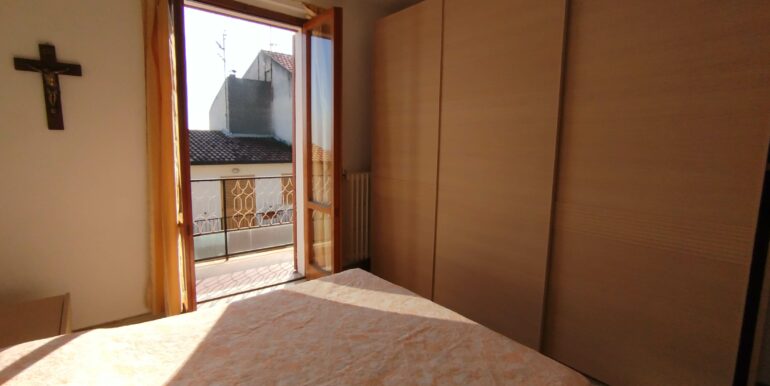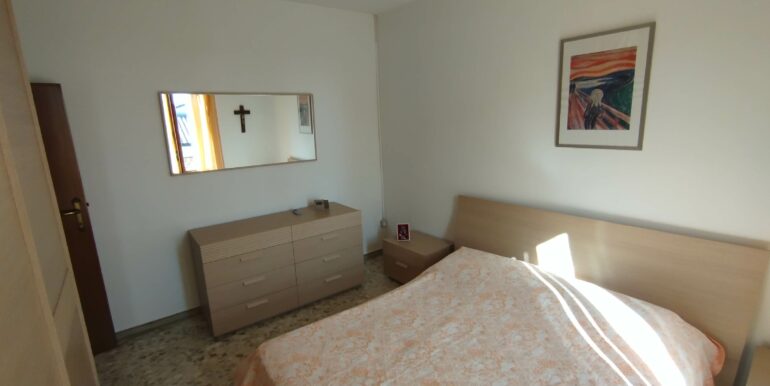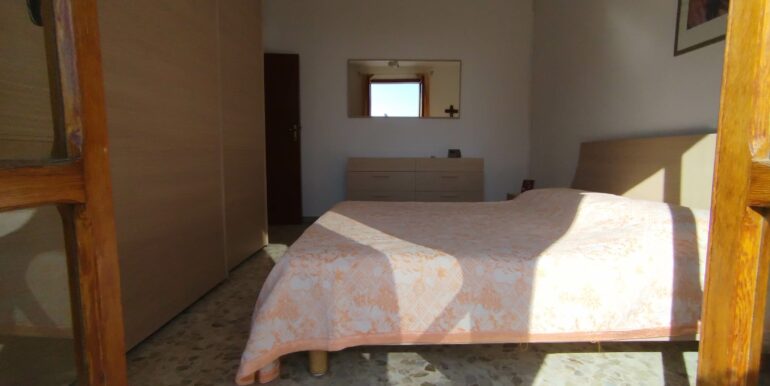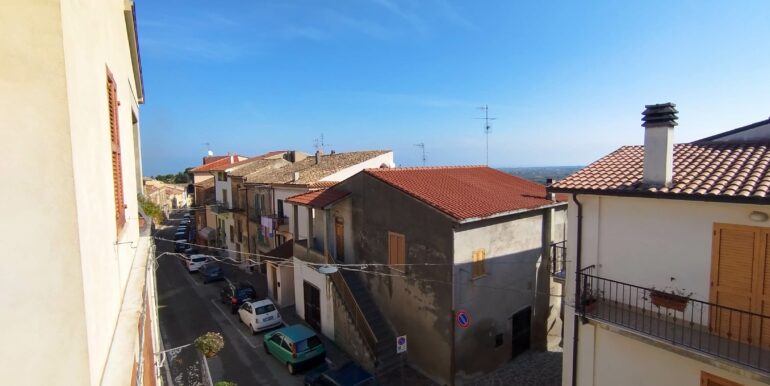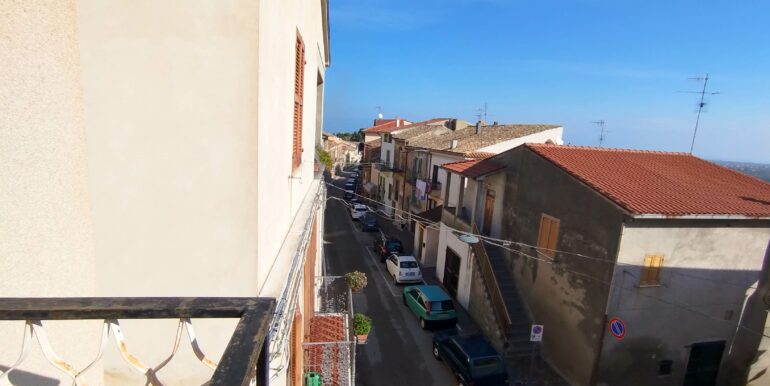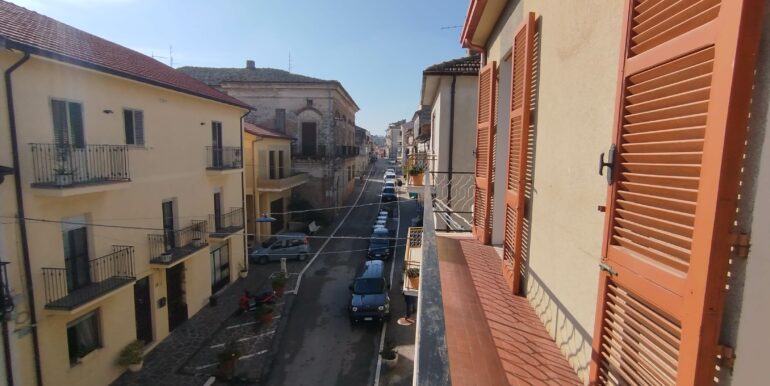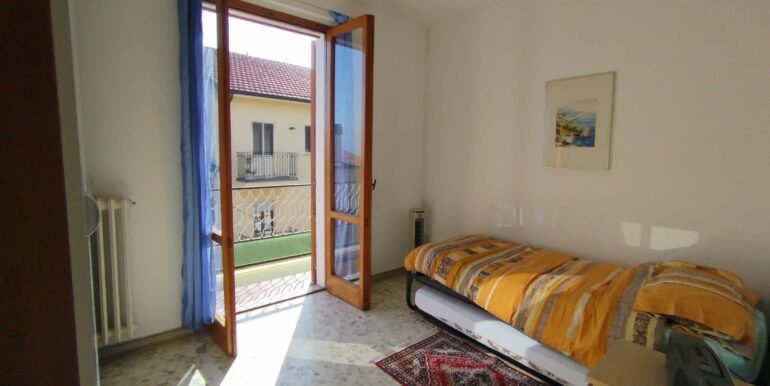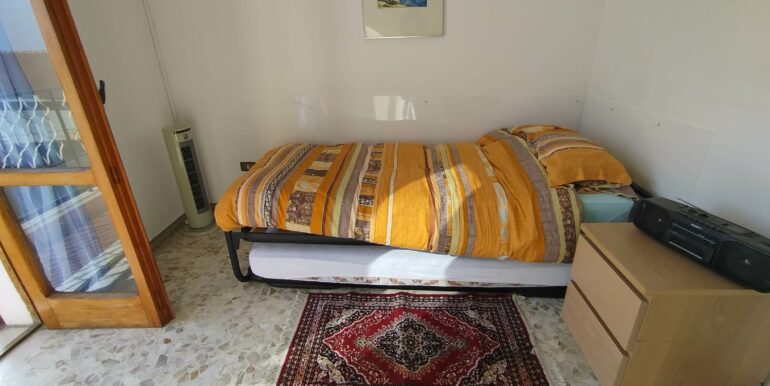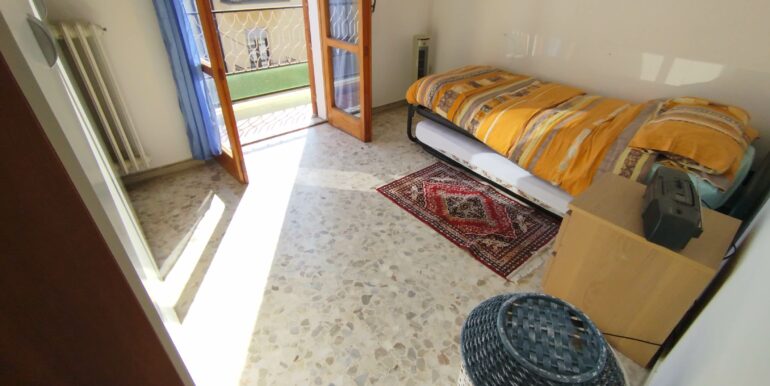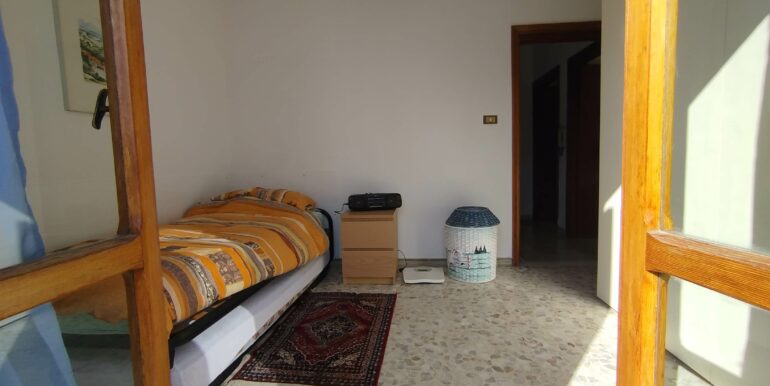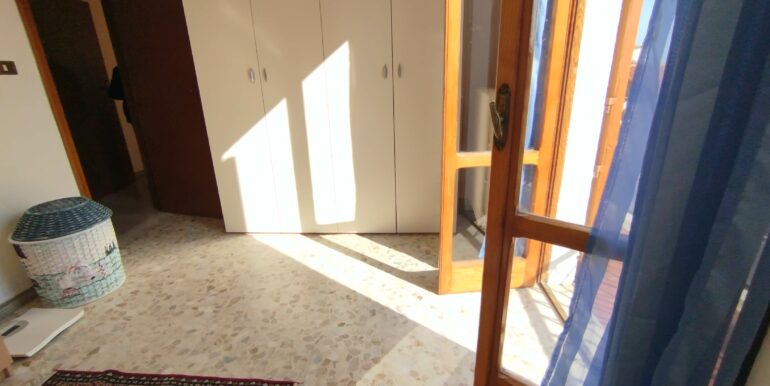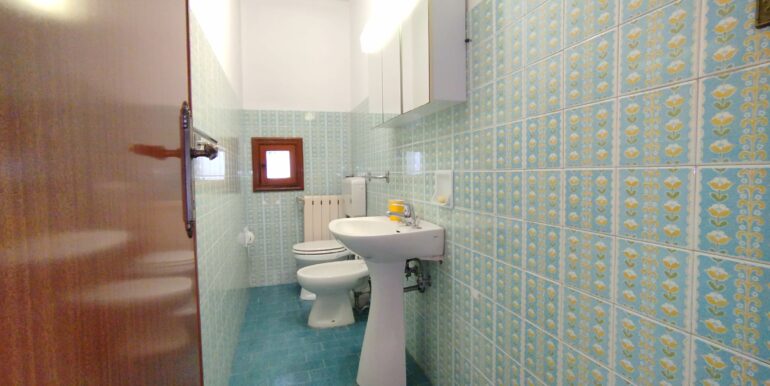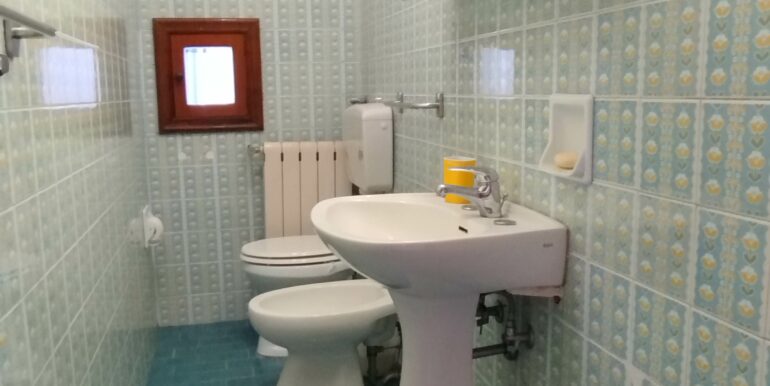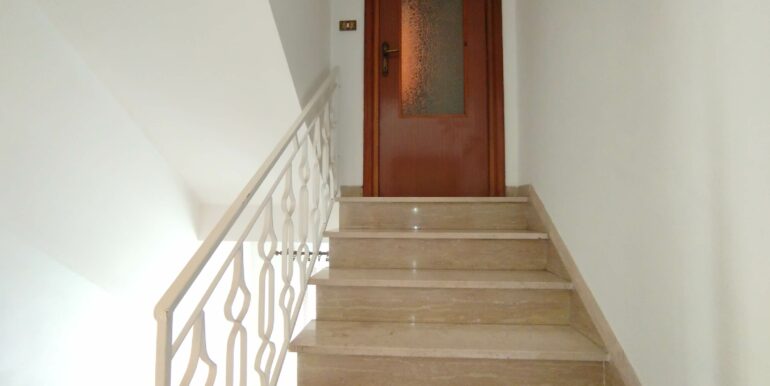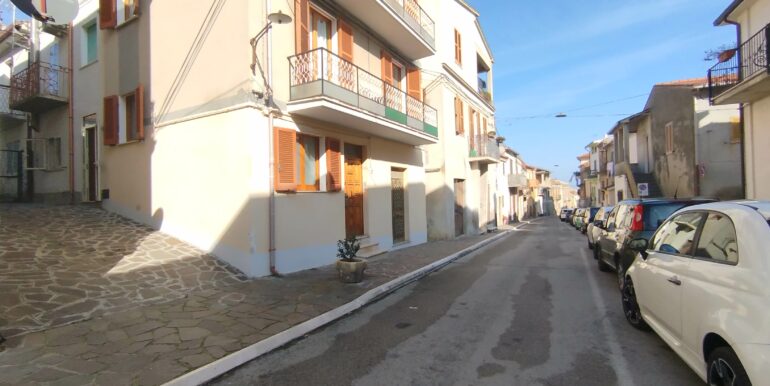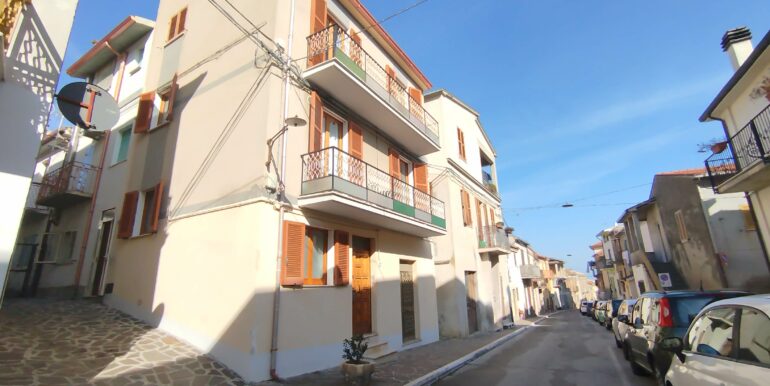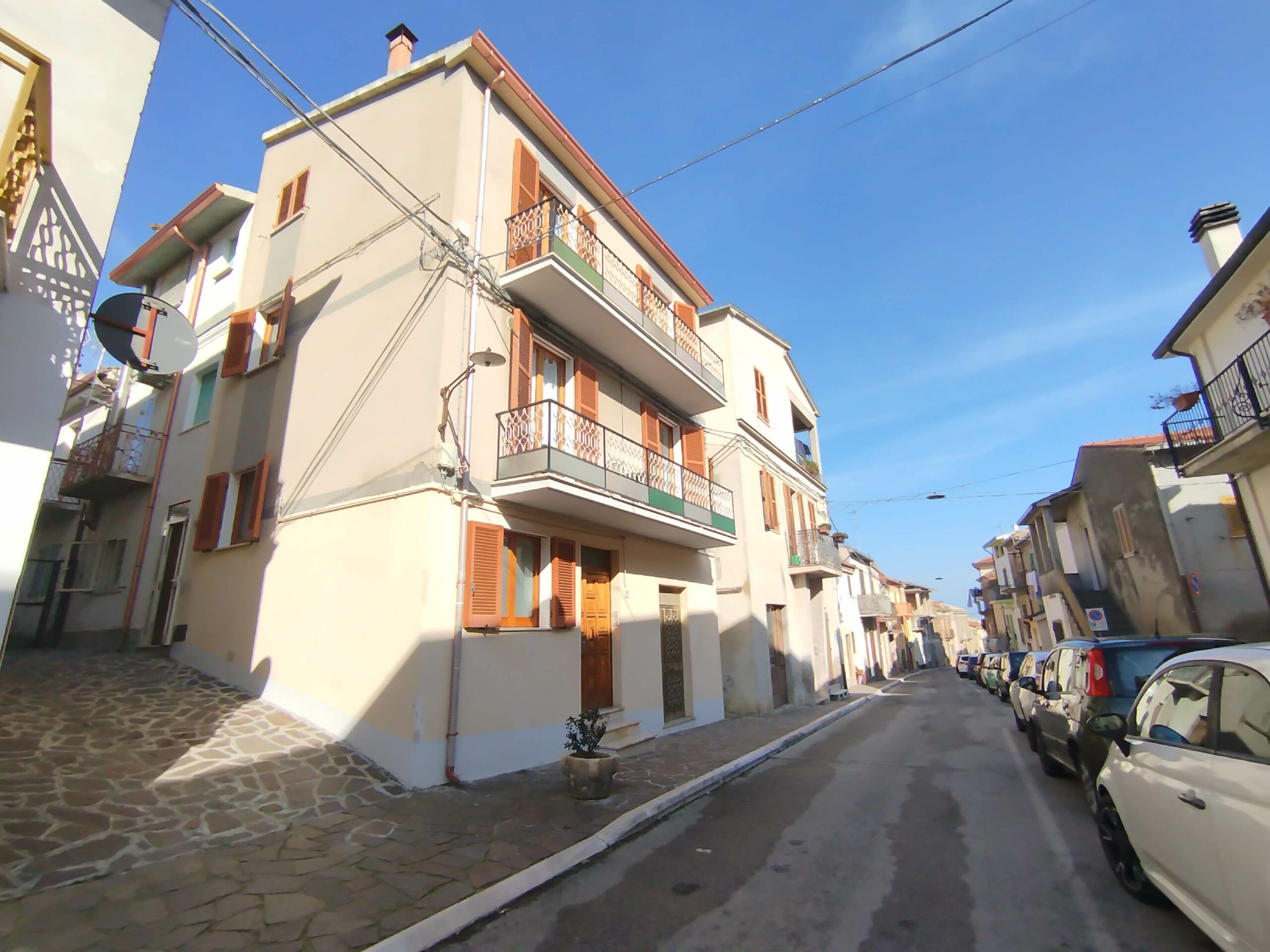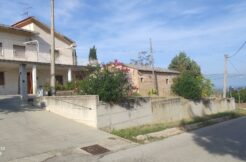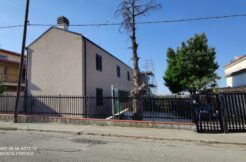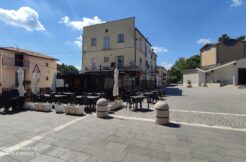Property ID : 1520
Sale € 99.000,00,si - Village house, Terracielo, Terratetto
Terriotto house on three levels in excellent conservative and habitable condition immediately. You can access the ground floor comprising entrance hall, A multipurpose room that can be used for various services, boiler room, Bathroom with shower and washing machine cabin and closet in the underwater; On the first floor you will find a spacious kitchen and a very comfortable living room and both rooms overlook a balcony; On the second floor you will find a double room and a single room overlooking the same balcony with a beautiful view of the town course and sea view, a bathroom; On the third floor there is a raw and very comfortable attic to use the highest part as a closet. A few steps from the house there is a deposit room on a single level and on the ground floor with fireplace, Easy access and use as a closet and/or other uses.
The house is located in the town center, And on foot you reach all the main shops and services. The proximity to the Adriatic Sea, At the railway station and the highway is a plus, in fact in just 15 minutes you can enjoy these comforts. For those who love walking or cycling, can travel the cycle path of the trabocchi coast to just 15 minutes and enjoy the varied beauties that gives the Abruzzo coast.
Utilities: water, energia elettrica, natural gas, Connection to municipal sewer
Surfaces: 96 sqm house, attic 37 m, balconies 12 m, locale deposito 14 m
Distances: country center minutes, 15 km from the sea, 73 km Pescara airport, 60 km ski resort
Price: € 99000 treatable
Class energetica: G
Comune: Want Alfonsina
The ancient village. The origin of the village is unknown. The houses are arranged in a comb on both sides of the ridge on which there is the main road axis (Corso Adriatico) that the height of the church of St. Mary of the Snow median axis is cut in two: Via del Pozzo and Via Del Forno. The houses located on the main axis are single-family houses often connected to each other by under-arcades, courtyards, atriums and external stairways (locally called Brancatelli) with seventeenth-eighteenth-century epigraphs. Among other things, there are: an ashlar portal in carved stone dating back to 1849 and the palaces of some families: Cinosi, toilets, Gizzi and risio modernized in the nineteenth century in a neoclassical style.
Church of Santa Maria della Neve. It is located in Piazza Roma. The first system is perhaps prior to the seventeenth century with changes to the next century, However, the first citation is 1742 in the estimates of the Avalos family, the works of art within the site are of the same period, except for a painting that seems to come from another zone. The dichromatism of the bell tower is created in fragments of brick and sandstone. The bell tower, it also consists of single-light windows. The roof of the tower is onion. The façade is divided into three registers by means of two pilasters. The portal is surmounted by a tympanum surmounted by a large window with a mixed-line frame. The upper gable is curved and broken. Besides the paintings inside are covered with the stucco paintings. The interior has a single nave.
Fontana nineteenth. It is located in off the fountain at where was the church of San Rocco which no longer exists. It was built in the 19th century or in the first decades of the 20th century. It is the fountain-type kiosk. It is a polygonal. The facades consist of round arches, one for facade, surrounded by pilasters with Doric capitals. Above it is surmounted by a polygonal drum. It is made of bricks. The central body is the real source also used as a wash house.
Villa Amalia. Villa built by the Adami family around the end of the sixteenth century whose last representative was the Lord Giovanbattista Adami Prince of Pacentro, noble Napolitano then fallen into disfavor because pro-Bourbon. Such construction called "casino" typical construction of square plan was home to several famous people among them a Pope. It was received as an inheritance, in the nineteenth century by four descendants of Monsignor Adami (including a priest Don Angelo Molisans from Casalbordino) who sold it in 1909, together with the title of Chivalry, and land in the middle of north-mail hill that ends on the Adriatic Sea to the Knight Don Umberto Del Re, Napolitano and noble patrician of Pollutri that the entitled to its noble consort Donna Amalia Pecorari from Crecchio. Villa Amalia, however, was the scene of a tragic fate that interested her new owner who died in a tragic accident between the car conducted by his driver and a train of "Sangritana" before the Second World War. Currently, the frieze of the "Villa Amalia" with the old name "Villa Adami" is "used" by the Madonna dei Miracoli winery in Casalbordino to identify one of the finest wines of Abruzzo.
Source: Wikipedia

